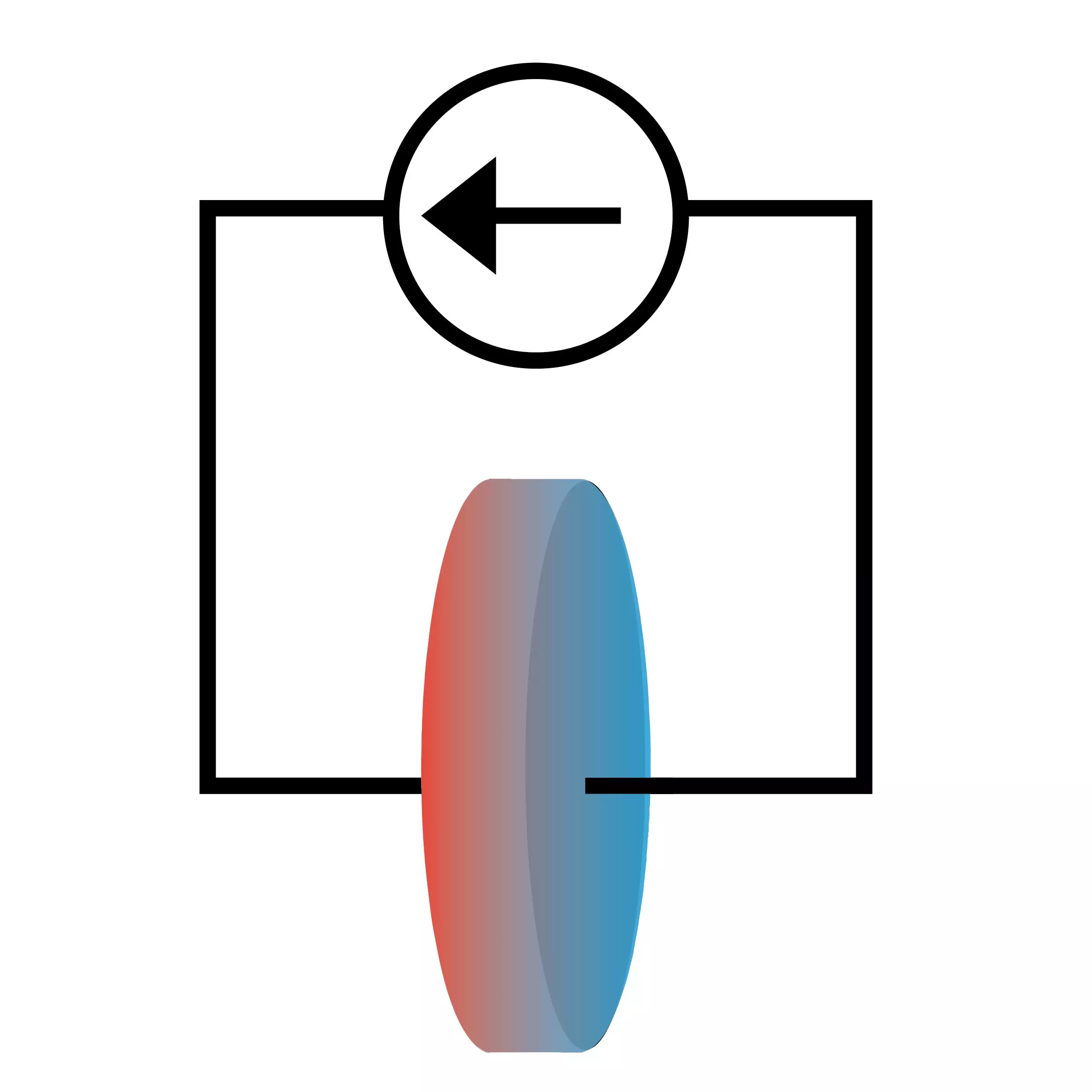

The traditional approach to studying batteries typically involves analyzing their electrical properties such as voltage and current. However, a recent study conducted by researchers at the University of Illinois Urbana-Champaign has shed light on the importance of also considering heat flow in conjunction with electricity to gain valuable insights into battery chemistry. This innovative research technique, reported in the journal Physical Chemistry Chemical Physics, focuses on exploiting the Peltier effect to investigate the chemical properties of lithium-ion battery cells.
The Peltier effect, a phenomenon in which an electrical current induces a system to absorb or release heat, has long been utilized in solid-state systems for cooling and refrigeration purposes. In the context of lithium-ion batteries, however, this effect has been largely overlooked due to the relatively small temperature differences it generates compared to other phenomena. To overcome this limitation, the research team developed a highly sensitive measurement system capable of detecting minute temperature changes on the order of one hundred-thousandth of a degree Celsius.
By measuring the heat flow between the two ends of the lithium-ion cell, the researchers were able to calculate the entropy of the lithium-ion electrolyte, a fundamental thermodynamic property closely linked to the chemical structure of dissolved ions and their interactions within the battery. The study revealed that heat flow in the cell ran counter to the ionic current, indicating that the entropy resulting from the dissolution of lithium ions is lower than that of solid lithium.
Understanding the entropy of lithium-ion electrolyte solutions can provide valuable insights into the mobility of ions within the battery, which has implications for the recharging cycle and the overall performance of the device. Moreover, gaining a deeper understanding of how the electrolyte interacts with the electrodes is crucial for enhancing the stability and longevity of batteries over multiple charging cycles.
Moving forward, researchers plan to further investigate how variables such as lithium ion concentration, solvent type, electrode material, and temperature affect Peltier heat flow in lithium-ion cells. By expanding their analysis to include these factors, the team aims to refine their understanding of how entropy influences the behavior of ions in the electrolyte solution and its impact on battery performance.
The integration of the Peltier effect into battery research represents a significant advancement in the field of electrochemistry. By examining the relationship between heat flow and battery chemistry, researchers have uncovered new opportunities to optimize the design and functionality of lithium-ion batteries for enhanced efficiency and durability.
Radionuclides, often relegated to discussions surrounding nuclear energy and radioactive waste, have far-ranging implications for…
Landslides have long been a concern in areas like California, where the unique geography and…
In the vastness of our galaxy, among countless stars, lies a fascinating phenomenon known as…
This week marks a monumental milestone in astronomy as the Hubble Space Telescope celebrates its…
The enigma of dark matter has captivated the scientific community for decades. Although it constitutes…
As individuals age, the likelihood of encountering age-related macular degeneration (AMD) significantly increases, posing a…
This website uses cookies.